SYML learns to let go on new album 'Nobody Lives Here'
Published in Entertainment News
SEATTLE — It’s a classic Seattle “false spring” day, the temporary sun pouring through the windows at Easy Street Records where Sammamish singer-songwriter Brian Fennell, better known as SYML, is perched at the coffee counter. The yellow orb illuminating the West Seattle record store and cafe brings a welcome respite from the gray that will return when rain clouds reclaim their Seattle airspace.
Seattleites have learned to savor those fleeting moments of late winter sun without getting too attached, for they pass as quickly as they come. That idea of clinging to something that will inevitably change is central to Fennell’s new album, “Nobody Lives Here.”
“The thread that I always think I’m moving away from, but always comes back (to), is that impending ending of our world,” Fennell says of his songwriting. “Whether it’s news cycle (expletive) or just staring at yourself in the mirror and being, like, ‘Welp, this will all be gone one day.’”
Few can pen an instant-tears piano melody as well as Fennell, an artist proficient at wielding minimalism for emotional heft. Prior to launching SYML as a subdued bedroom folk/pop project, the classically trained pianist first made waves with Seattle pop rockers Barcelona, which signed a major-label deal in the late 2000s. Over the course of his career, the versatile songsmith has proved himself fluent with both synthetic and organic textures.
As SYML, Fennell has become a master of utilizing white space, with his airy and emotionally bare songs often described as cinematic. Fittingly, his music has taken off partly through its use in film and TV, starting with 2019’s platinum single “Where’s My Love,” which caught fire after landing in an episode of MTV’s “Teen Wolf.” (It didn’t hurt that another cinematic songwriter, Lana Del Rey, wrote lyrics to Fennell’s 2020 piano ballad “I Wanted to Leave,” turning the ghostly instrumental into the song “Paris, Texas” on her latest album, 2023’s “Did You Know That There’s a Tunnel Under Ocean Blvd.”)
“Nobody Lives Here” maintains that cinematic quality, but it isn’t an overly somber affair, a welcome break for Fennell following his heavy-hearted sophomore album “The Day My Father Died,” which was hatched while mourning the death of his father. The 2023 project expanded his sound, trading the electronic hues that marked much of Fennell’s early work in favor of a lusher, full-band approach.
“I go in these seasons, I think a lot of artists do, where you are feeling writing on the piano a lot, so your melodies, where your voice hits and the register will be dictated by your instrument,” he says, noting his next album will be more electro-leaning. “So, I knew all these songs I’m writing right now or am inspired to finish are the more singer-songwriter… American songbook-type songs. Rather than try to play with the fun electronic toys and force those songs into that setting, let’s embrace it as a cozy sort of bedroomy record and then the next thing can go into the basement club a little bit more.”
“Nobody Lives Here” finds the 42-year-old husband and father learning to embrace the changing seasons, both in life and as a songwriter. While the pedal steel-laced title track “Nobody Lives Here” lets the sorrow sink in deeper than others, conjuring images of a once-bustling home now empty and cold, songs like the upbeat indie-folk of “How It Was It Will Never Be Again” at least hint at a place of acceptance over things we can’t control.
“It’s about getting older,” Fennell says of the album. “It’s about seeing life pass in children and people passing and discovering yourself more through all those things. … Instead of trying to grasp at things passing, it’s more just relaxing in it and letting it wash over you.”
With help from best friend and collaborator Brian Eichelberger, who accompanied Fennell on a sold-out European tour ahead of Saturday’s Easy Street homecoming, “Nobody Lives Here” deftly applies the more robust palette of instrumentation from “The Day My Father Died” to the more stripped-down, bedroom sensibilities that have been Fennell’s foundation.
Songs that began as indie-folk skeletons — nothing but vocals and primary instruments (piano or acoustic guitar) recorded in Fennell’s home studio— were lightly adorned with “wailing” pedal steel, clarinet, cello and occasional drum work. The subtly rich instrumentation accentuates and amplifies the strength and simplicity of core melodies that define “Nobody Lives Here,” particularly on songs like “The White Light of the Morning.”
“Whenever I sit down to write a song, I’m trying to put myself in a scene,” Fennell says. “That scene was from a dream. It was like that frozen, just-woke-up, white light of the morning (that) feels new and fresh, but it also feels very stark and sort of disarming.”
In the past, Fennell might have second-guessed some of the instrumentation choices on “Nobody Lives Here,” based on “perceived rules” or wondering how it might land with listeners.
“Now thankfully, having it be my third record, there’s just so many fewer rules, intentionally,” he says. “I love pedal steel because it sounds like wailing or like a human singing, just like I love cello or a bass clarinet. Sub that in for an electric bass or a sub bass, and you feel the actual human breath in the room. … I think there’s something that ties the listener to the song more if you can feel the human behind it.”
———
©2025 The Seattle Times. Visit seattletimes.com. Distributed by Tribune Content Agency, LLC.


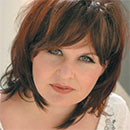
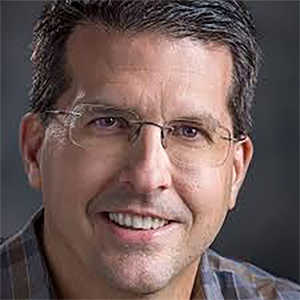
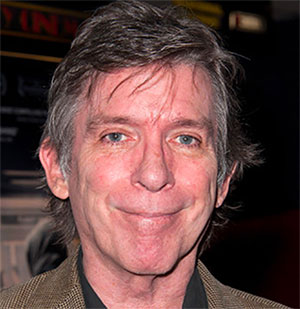
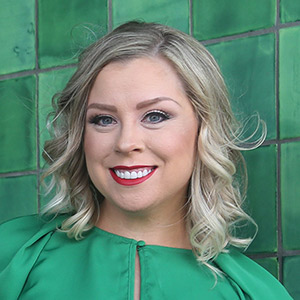

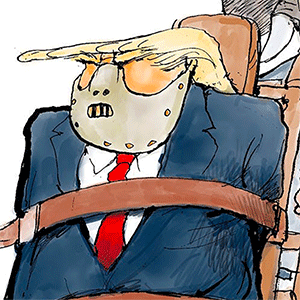





Comments